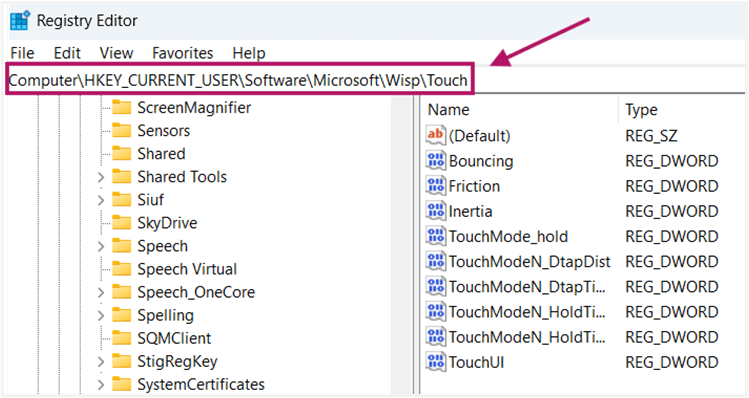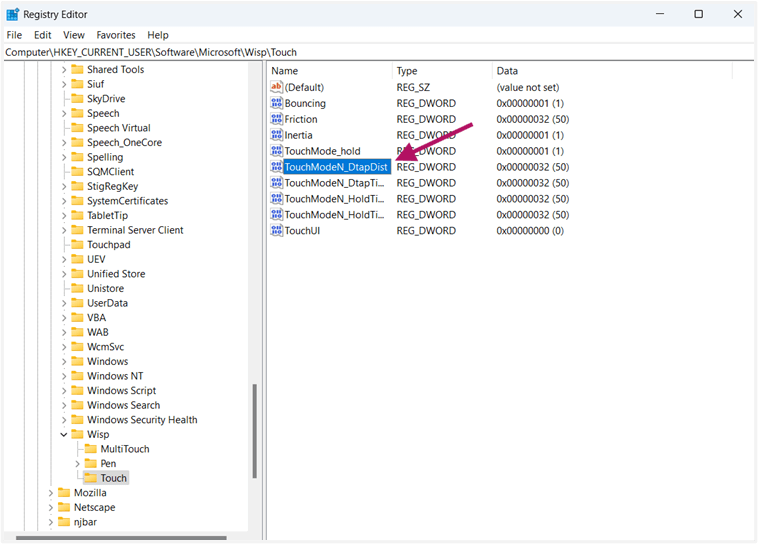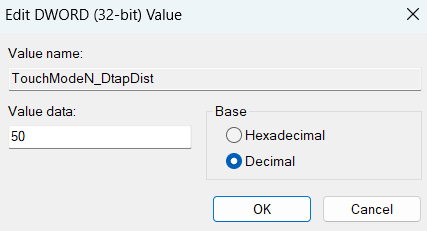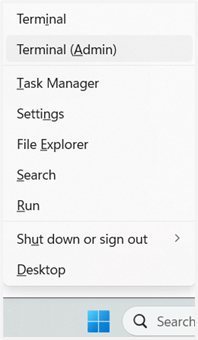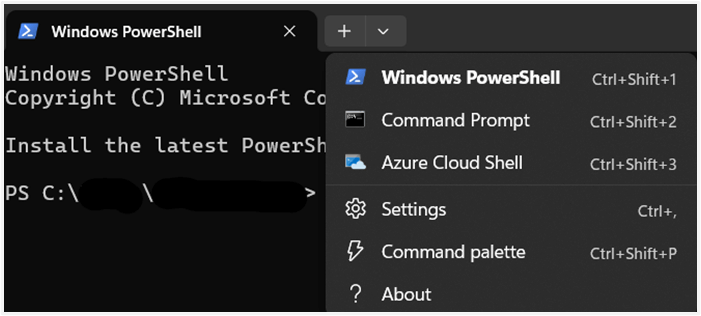Ever accidentally opened two files because your touchscreen didn’t register a double-tap? This is where touch double-tap spatial tolerance comes in. In this guide, you’ll learn the exact methods to adjust this setting, boosting your precision and avoiding mishaps.
Methods for adjusting double-tap touch distance
Touch double-tap spatial tolerance tailors the distance between your two fingers to be registered as a double-tap, helping you prevent doing a different touch configuration.
📌 Use case: Users, especially graphic designers, adjust this to avoid accidental single or double taps. It can also make touch gestures more consistent on touchscreens or touchpads, which is common with styluses, gloves, or mobility challenges. This setting can also calibrate highly sensitive displays.
📌 Prerequisites: Ensure that your device has touchscreen settings; otherwise, the options in the procedures below will not show. Also, it should have a Windows 11 operating system, and the user account should have administrative privileges.
We recommend checking ⚠️ Things to look out for before proceeding.
📌 Recommended deployment strategies:
| Click to Choose a Method | 💻 Best for Individual Users | 💻💻💻 Best for Enterprises |
| Method 1: Using Control Panel | ✓ | |
| Method 2: Using Registry Editor | ✓ | ✓ |
| Method 3: Using Command Prompt | ✓ | |
| Method 4: Using PowerShell | ✓ | |
| Method 5: Using Group Policy Editor | ✓ |
Method 1: Using Control Panel
The Control Panel is the simplest tool you can use to adjust your touchscreen sensitivity in Windows 11. It offers a built-in slider for dialing in double-tap precision.
📌 Use case: This approach is ideal when you want to make quick, one-off adjustments on a single device, especially if you prefer visual controls over technical tools.
Step-by-step procedure:
- Open Control Panel:
- Open the Run dialog (Win + R), then enter control panel.
- Navigate to Pen and Touch settings:
- In the upper-right corner of the Control Panel window, click View, then select Category.
- Select Hardware and Sound, then click Pen and Touch.
💡 Important: If the Pen and Touch setting is missing, your device lacks touch hardware.
- Adjust double-tap settings:
- Go to the Touch tab, select Double-tap, then click Settings.
- Drag the Spatial tolerance slider:
- ⬅️Dragging to the left: This ensures a tighter or closer space for precision, which is ideal for stylus and design work.
- ➡️Dragging to the right: Creates a wider, more forgiving gap, which is ideal for finger taps.
- Save changes:
- Click OK, then select Apply > OK to activate.
Your preferred double-tap spatial configuration should now be applied and working.
Method 2: Using Registry Editor
Windows Registry Editor offers precise control over touch double-tap sensitivity, editing registry values to set the exact tolerance that the GUI can’t provide.
📌 Use case: Use this approach if you need to have pixel-perfect precision for devices like kiosks or accessibility setups. You can also do this when the Control Panel does not have the options to configure this setting.
⚠️ Warning: Editing the Registry incorrectly can lead to serious system instability. Always back up your Registry or create a system restore point before proceeding. Review the ⚠️ Things to look out for section to learn more.
Step-by-step procedure:
- Open the Registry Editor:
- Open the Run dialog (Win + R), then type regedit.
- Ensure you have administrative privileges.
- Open the Run dialog (Win + R), then type regedit.
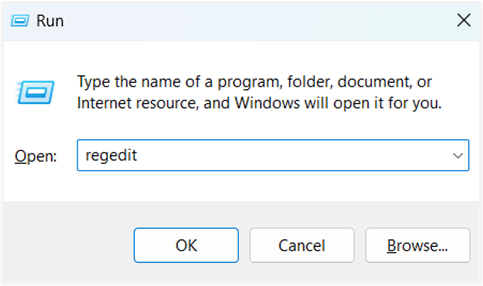
- Navigate to the Touch key:
- Go to or paste this path in the address bar: Computer\HKEY_CURRENT_USER\Software\Microsoft\Wisp\Touch
- Create/modify the DWORD:
- Double-click the TouchModeN_DtapDist DWORD.
- If it does not exist, right-click the right pane, then select New > DWORD (32-bit) Value.
- Name the DWORD as TouchModeN_DtapDist.
- Double-click the TouchModeN_DtapDist DWORD.
- Set the value data:
- Set the value of the TouchModeN_DtapDist DWORD to the following in decimal:
- 0 = Tightest.
- 50 = Balanced.
- 100 = Widest tolerance.
- Set the value of the TouchModeN_DtapDist DWORD to the following in decimal:
- Apply changes:
- Close the Registry Editor, then restart your device for the changes to take effect.
This method directly sets the spatial tolerance threshold in Windows’ touch-input stack. Higher values = larger tap-forgiveness radius.
Related topics:
- What Is Windows Registry? Your Complete Guide
- How to Use the Registry Editor on Windows 11
- How to Back Up and Restore the Windows Registry
Method 3: Using Command Prompt
Command Prompt can quickly adjust the configurations in the Registry with one command, instead of manually navigating through it, which can take up your time.
📌 Use case: This method is ideal when making bulk deployments across workstations or kiosks and making quick fixes when the GUI is inaccessible.
Step-by-step procedure:
- Launch Command Prompt as administrator:
- Search cmd in Start, then right-click it and select Run as administrator.
- Run the spatial tolerance command:
- Type or paste this command, replacing XX with your preferred value (0-100):
reg add "HKCU\Software\Microsoft\Wisp\Touch" /v TouchModeN_DtapDist /t REG_DWORD /d XX /f
- Apply changes:
- Restart your PC so the settings take effect.
This approach configures the DWORD value of the spatial tolerance setting without having to navigate across the Registry.
Related topics:
Method 4: Using PowerShell
Alternative to the Command Prompt, you can also utilize PowerShell’s scripting power to configure touch double-tap spatial tolerance’s setting in the Registry.
📌 Use case: This is an ideal approach for managing touch screen settings in Windows 11 across domain devices and building automated deployment scripts.
Step-by-step procedure:
- Launch PowerShell as administrator:
- Press Win + X, then select Terminal (Admin).
- If PowerShell is not the default command-line tool, click the drop-down arrow (▼) in the tabs section above the window, then select Windows PowerShell.
- Execute the command:
- Run this script, replacing XX with your preferred value (0-100):
Set-ItemProperty -Path "HKCU:\Software\Microsoft\Wisp\Touch" -Name "TouchModeN_DtapDist" -Value XX
- Apply changes:
- Restart your device to activate the new setting.
This script will directly modify the same TouchModeN_DtapDist DWORD in the Registry.
Method 5: Using Group Policy Editor
For enterprise environments, deploy standardized touch double-tap settings across all Windows 11 devices using Group Policy (GPO). However, this procedure does not have an existing native policy for touch double-tap spatial tolerance.
Instead, this part of the guide will teach you how to utilize GPO to use Registry preferences to configure the setting.
💡 Note: This method is only available for Windows 11 Pro, Enterprise, and Education editions. Home users can use the previous methods to configure touch settings.
📌 Use case: Use this approach to have the centralized capabilities to manage touch screen settings in Windows 11 across the organization. This will help you enforce accessibility standards and kiosk configurations.
Step-by-step procedure:
- Open Group Policy Management Editor:
- Open the Run dialog (Win + R), then type gpedit.msc.
- Ensure that you have administrative privileges to use this tool.
- Open the Run dialog (Win + R), then type gpedit.msc.
- Navigate to the Registry preferences:
- Go to: User Configuration > Preferences > Windows Settings > Registry.
- Create a new Registry item:
- Right-click Registry, then select New > Registry Item.
- Input the following details:
- Action: Update
- Hive: HKEY_CURRENT_USER
- Key path: Software\Microsoft\Wisp\Touch
- Value name: TouchModeN_DtapDist
- Value type: REG_DWORD
- Value data: Enter your preferred tolerance (e.g., 0-100)
- Apply policy:
- Link the GPO to the target users/devices.
- Force the update via Command Prompt, running the command:
gpupdate /force
This new policy will apply the new settings at login or reboot of the user’s device automatically.
⚠️ Things to look out for
This section highlights potential challenges to consider when following this guide.
| Risks | Potential Consequences | Reversals |
| 1. Incorrect Registry edits | The operating system becomes unstable, and booting up fails. | Back up the registry* or create a System Restore Point. *Open Registry Editor (regedit), then select File > Export. Watch How to Back Up and Restore Windows Registry for more details. |
| 2. Overly wide tolerance masks touchscreen calibration issues | Persistent misclicks or reduced double-tap precision. | Run Control Panel > Hardware > Calibrate Screen. |
| 3. Conflicts with third-party touch drivers | This can lead to gesture failures and touch freeze | Roll back/reinstall touch drivers. |
| 4. “Pen and Touch” is missing on non-touch devices | Wasted troubleshooting time | Verify touch hardware in Device Manager > Human Interface Devices. |
| 5. Typos in TouchModeN_DtapDist name/path | Broken touch input or system instability | Restore registry backup or delete erroneous key (see Risk 1). |
| 6. Incorrect value type (e.g., REG_SZ vs REG_DWORD) | Touch gestures disabled | Recreate the key with the correct data type. |
| 7. Syntax errors in reg add (Command Prompt) / Incorrect variable scope in scripts (PowerShell) | Partial application, registry corruption, or user-specific settings not applied | Apply the script/command again. |
Pro tips for configuring touch double-tap tolerance
Modifying your double-tap settings can make your touch interactions in Windows 11 more flawless and less frustrating.
Prioritize accessibility
Finding the right configuration for double-tap is crucial for different kinds of users. For users with motor challenges or arthritis and the like, increasing spatial tolerance to around 70-100 can accommodate their challenges, creating broader tap movements.
In high-precision situations like graphic design or computer-aided design (CAD), decreasing tolerance to around 0-30 allows them to have tighter and more precise control over the double-tap feature.
Benchmark for real-world scenarios
For users with gloves or styluses, test spatial tolerance at 40, 60, and 80 while using these supporting tools to ensure comfortable access.
On tablets in vehicles, configuring the setting to greater than or equal to 70 can counter unnecessary vibrations. Meanwhile, shared kiosks and other collaborative devices may find a balanced value of 50-60 more ideal.
Configure double-tap spatial tolerance for a more comfortable touch screen experience
Fine-tuning touch double-tap spatial tolerance in Windows 11 ensures that touch interactions match user needs, eliminating misclicks and accommodating greater accessibility. Utilizing the methods in this guide will ensure that frustrations with your touch screen experience become more seamless and productive.
Related topics


